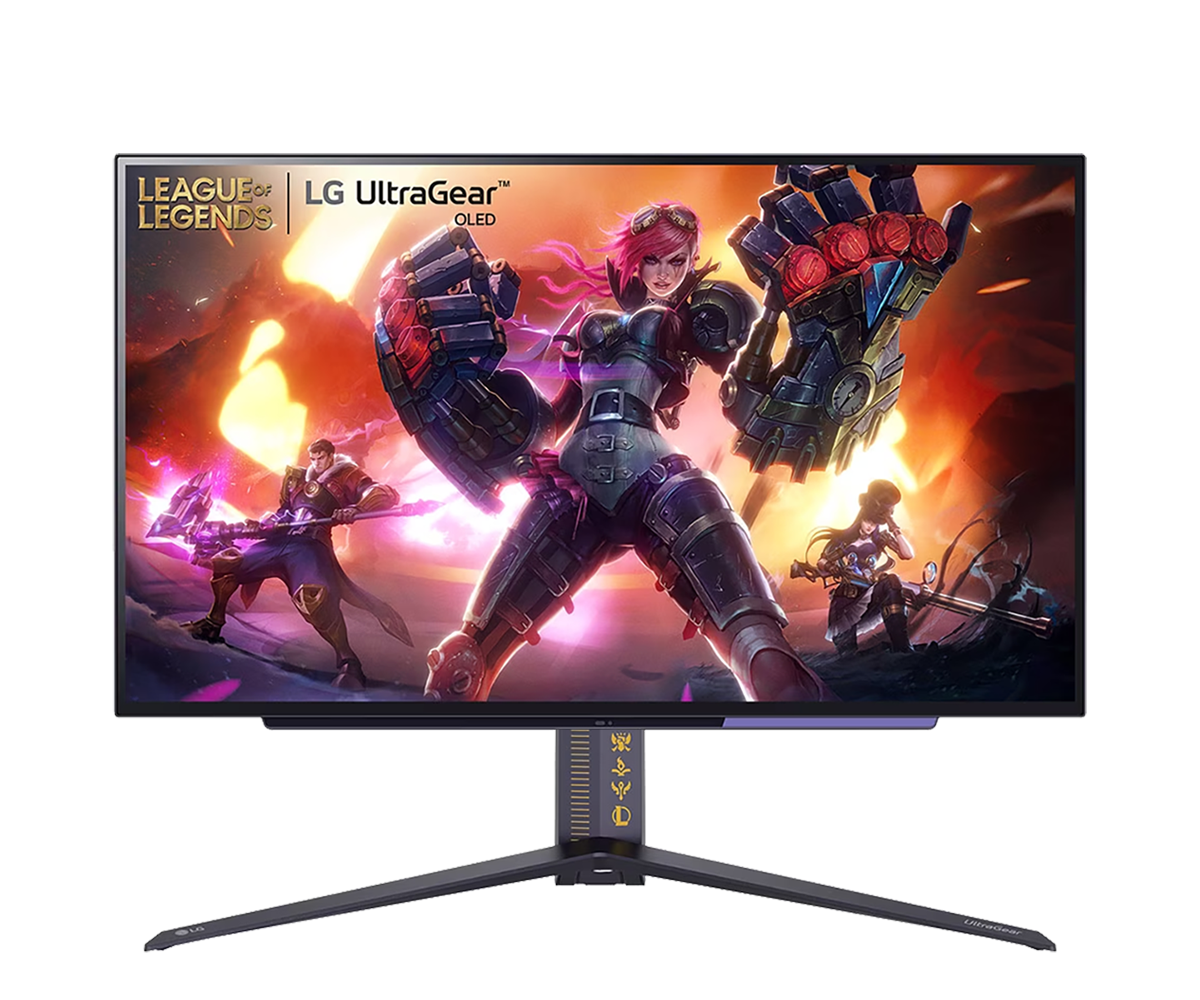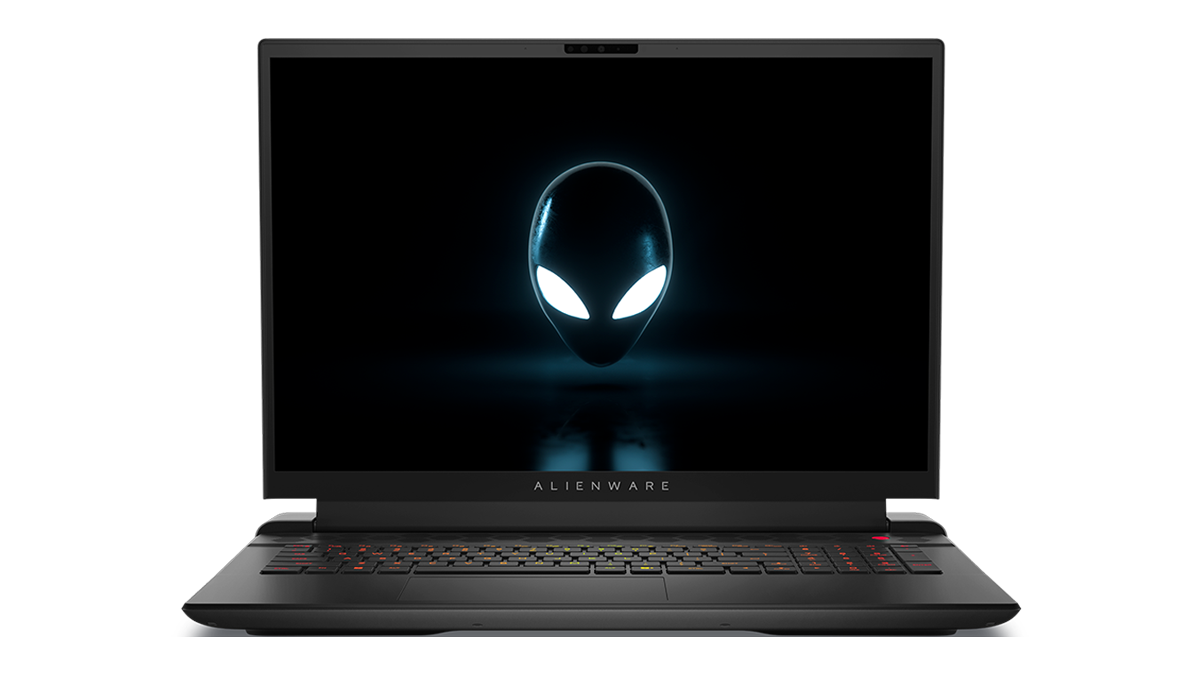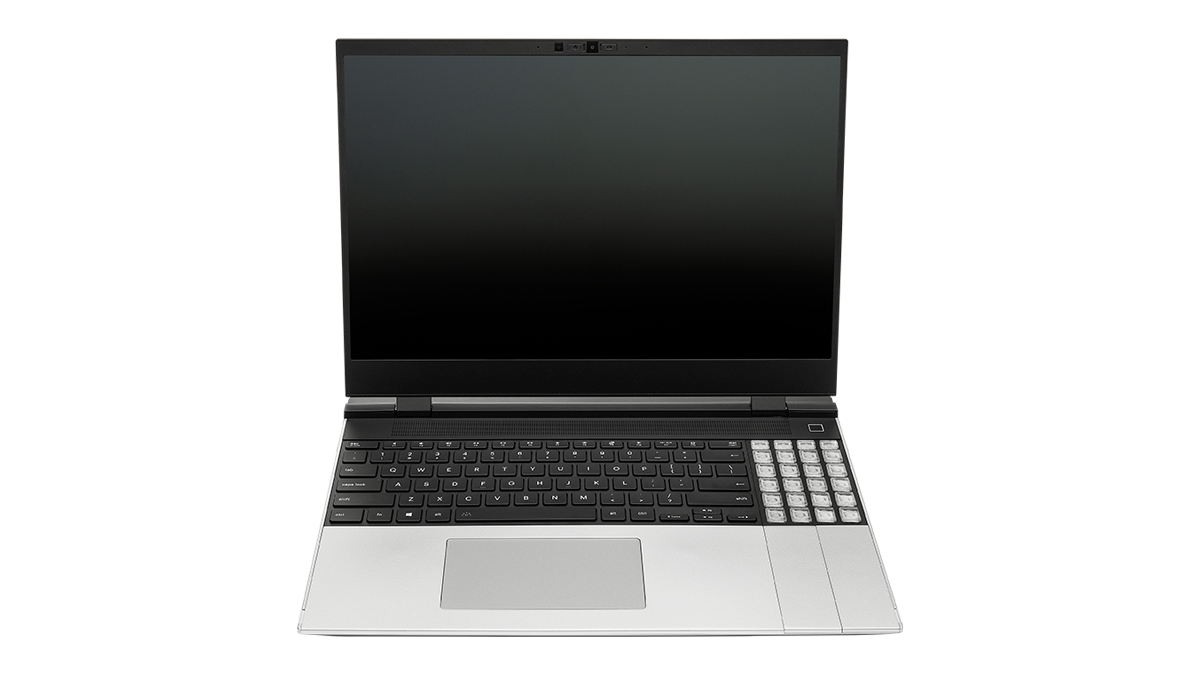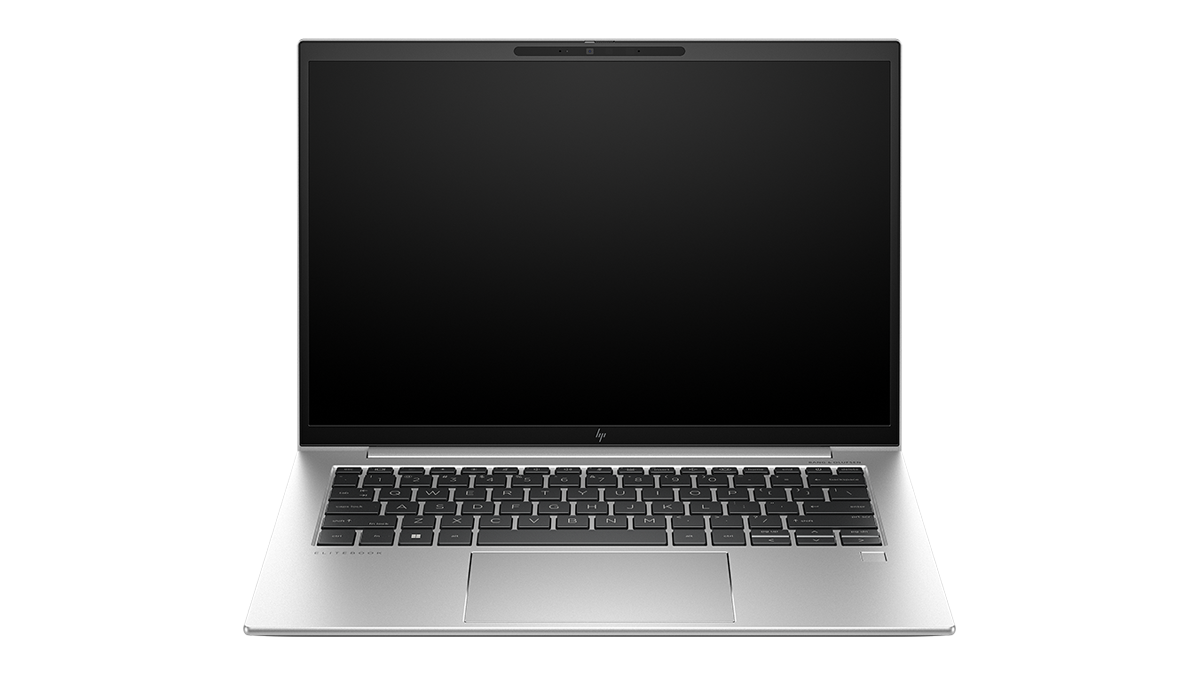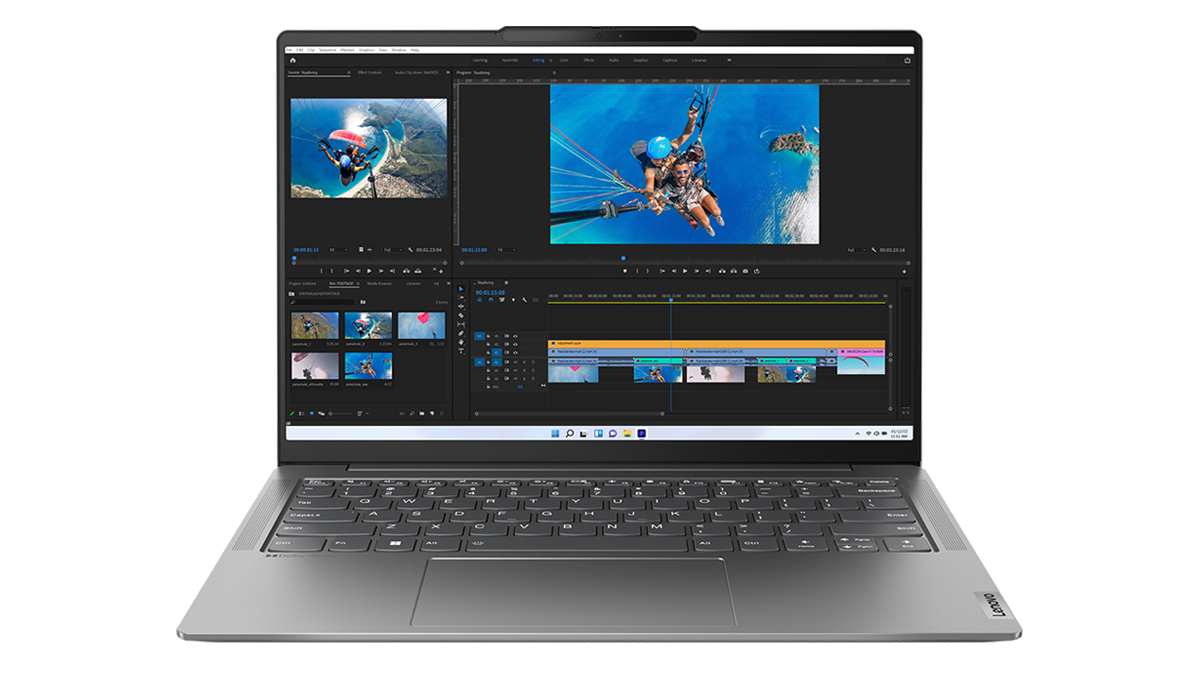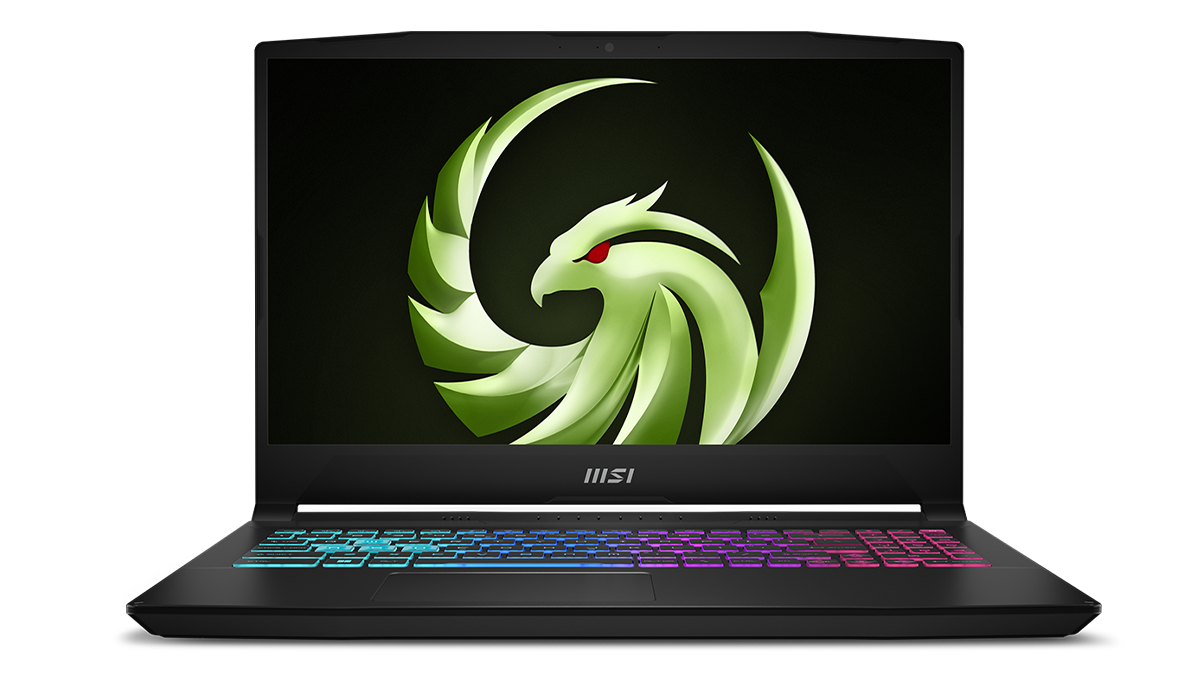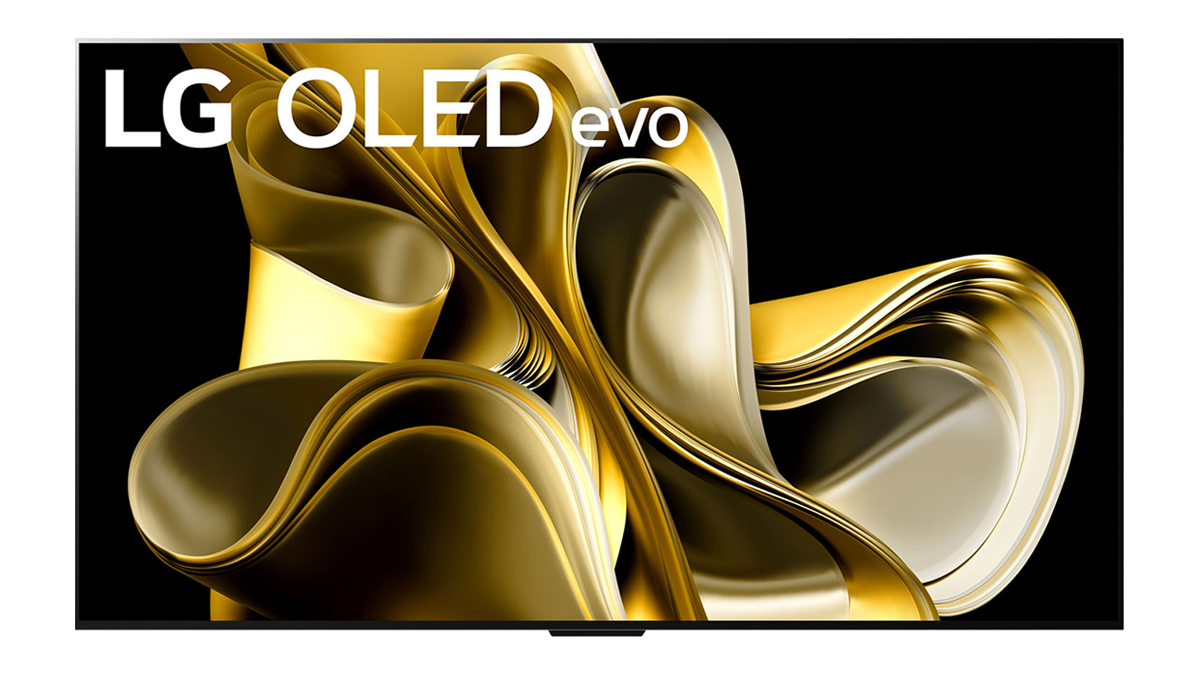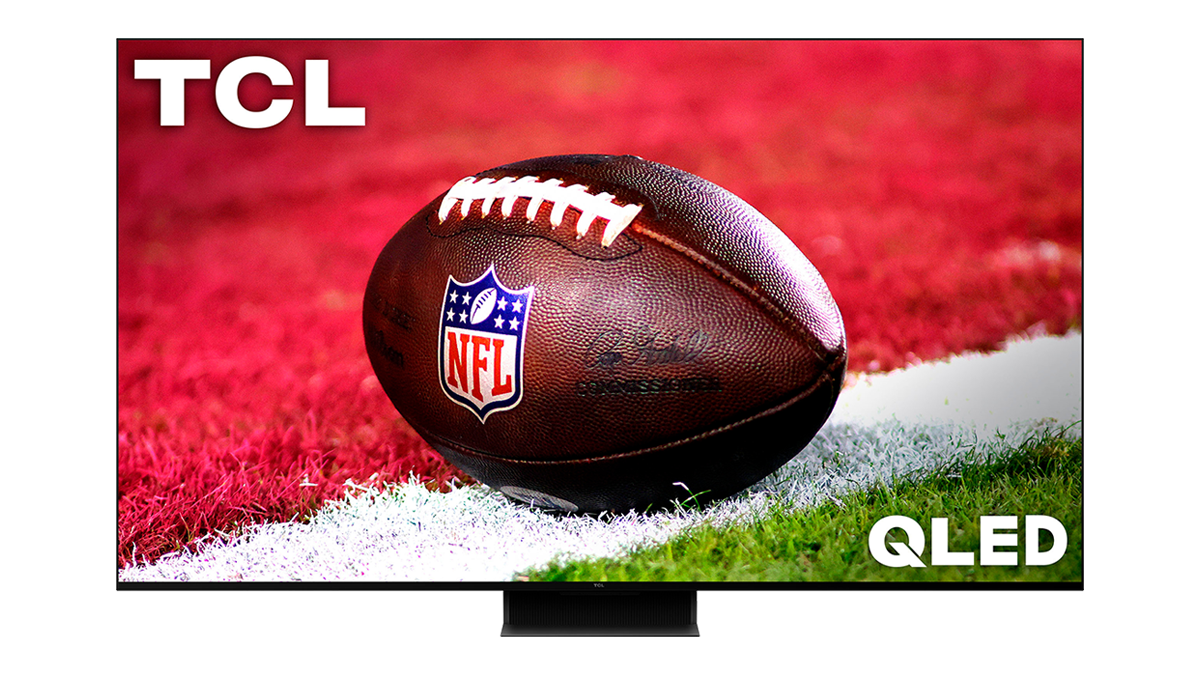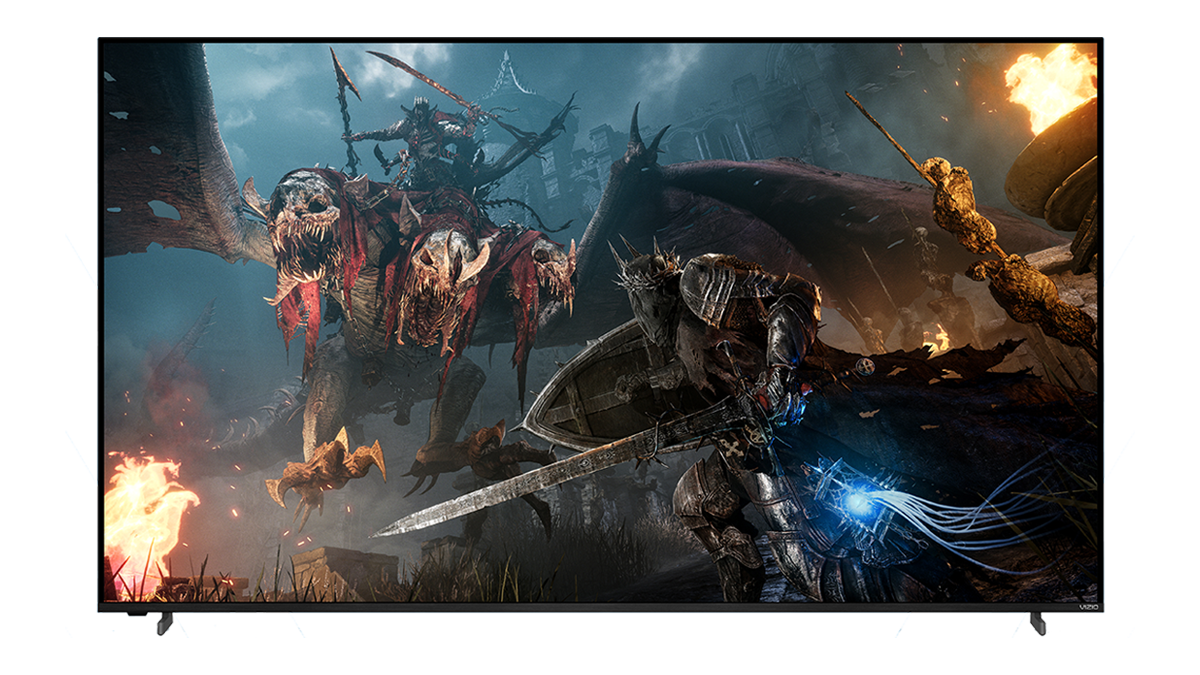
Guarantee of a Great Experience
Featuring the largest gaming display ecosystem with over 40002 certified displays, AMD FreeSync™ technology leverages industry standard variable refresh protocols to deliver the best visual experience across a wide ecosystem of supporting devices and displays using any display connector.


Features
Every AMD FreeSync™ display goes through a rigorous certification process, testing its refresh rates, latency, HDR color & luminance accuracy and much more, to guarantee a great user experience.

AMD FreeSync technology provides a tear-free, flicker-free gaming experience and smooth video playback when paired with AMD Radeon graphics, and works over HDMI® and DisplayPort™ effortlessly.

AMD FreeSync Premium1 technology adds to the baseline FreeSync technology tier and equips serious gamers with a fluid, tear-free gameplay experience at peak performance.

AMD FreeSync Premium Pro1 technology raises the bar to the next level for gaming displays, enabling an exceptional user experience when playing HDR games, movies and other content.
Tier Specifications
- Monitors, TVs & Projectors
- Laptops
Monitors, Tv's & Projectors
| FreeSync | FreeSync Premium | FreeSync Premium Pro | |
|---|---|---|---|
| Tear-free experience | ✓ | ✓ | ✓ |
| Low latency | ✓ | ✓ | ✓ |
| Low framerate compensation (LFC) | ✓ | ✓ | ✓ |
| <3440 Horizontal resolution: maximum refresh rate | ≥ 144 Hz | ≥ 200 Hz | ≥ 200 Hz |
| ≥3440 Horizontal resolution: maximum refresh rate | ≥ 120 Hz | ≥ 120 Hz | |
| AMD FreeSync HDR | ✓ |
Laptops
| FreeSync | FreeSync Premium | FreeSync Premium Pro | |
|---|---|---|---|
| Tear-free experience | ✓ | ✓ | ✓ |
| Low latency | ✓ | ✓ | ✓ |
| Maximum refresh rate | 40-60 Hz | ≥ 120 Hz | ≥ 120 Hz |
| AMD FreeSync HDR | ✓ |

Featured FreeSync Monitors
Pair your Radeon-powered desktop with an AMD FreeSync™ certified monitor for the ultimate, stutter-free gaming experience.
Featured FreeSync Laptops
Whether it be for gaming or productivity, choose an AMD FreeSync™ certified laptop for smoother video playback, optimized frame rates, reduced screen tearing, and improved battery life.
Featured FreeSync TVs
Connect your AMD FreeSync™ enabled console with an AMD FreeSync™ certified TV to put an end to choppy gameplay and broken frames, for the best living room gaming experience with smooth video playback on your big screen.
Featured FreeSync Projectors
Experience tear-free & smooth gaming when you Connect your AMD FreeSync™ enabled console or gaming PC with new AMD FreeSync™ certified Projectors, for the best home theatre experience.

Still have questions about AMD FreeSync™ Technology?
AMD FreeSync™ technology is an AMD initiative that leverages industry standards such as DisplayPort™ Adaptive-Sync and HDMI Variable Refresh Rate, to deliver dynamic refresh rates to users. With AMD FreeSync technology, the refresh rate of a display is synchronized with the framerate of FreeSync compatible graphics cards, reducing or eliminating visual artifacts that many users are especially sensitive to, like input latency, screen tearing, and stuttering during gaming and video playback. AMD FreeSync technology can be delivered through DisplayPort™ and HDMI® connections.
Whether you are a competitive or a casual gamer, AMD FreeSync™ technology enables a fluid, low latency gaming experience. Here are the recommended settings to maximize your gaming experience for how you want to play.
- Getting the most out of your AMD FreeSync technology-enabled display begins with downloading and installing the AMD Software: Adrenalin driver.
- Make sure you enable AMD FreeSync™ technology in your display’s settings.
- You can check the status of AMD FreeSync™ technology and enable/disable it through your graphics software, like AMD Software: Adrenalin Edition under the Gaming/Display tab.
- If your game FPS is regularly exceeding your display’s refresh rate, you can turn on V-Sync or cap your framerate for the best tear-free visual experience.
- Assassin's Creed: Odyssey
- Borderlands 3
- Call of Duty: Black Ops 4
- Devil May Cry 5
- Dirt 5
- Far Cry 5
- Far Cry New Dawn
- FarCry 6
- Fishing: North Atlantic
- Godfall
- Horizon Zero Dawn
- Resident Evil 2
- Resident Evil 3
- Strange Brigade
- Tom Clancy's The Division 2
- Tom Clancy's Ghost Recon Breakpoint
- Zombie Army 4: Dead War
To take advantage of the benefits of AMD FreeSync™ technology, users require: a monitor, TV, or laptop that supports AMD FreeSync™ technology, a FreeSync compatible APU or GPU, and the latest graphics driver. Xbox One™ X and Xbox One™ S users can also enjoy the benefits of AMD FreeSync™ technology.3
Compatible GPUs include all AMD Radeon™ graphics cards beginning with Radeon™ RX 200 Series, released in 2013, and all newer Radeon consumer graphics products that use GCN 2.0 architecture and later. Other GPUs, such as the Nvidia GeForce 10 series and newer, that support DisplayPort Adaptive-Sync, are also expected to work with AMD FreeSync technology; please check with your GPU manufacturer.
Compatible desktop APUs include AMD Ryzen™ APUs, which require the motherboard to have a DisplayPort™ or HDMI connection.
There are now over 3000 monitors available worldwide with support for AMD FreeSync™ technology.
There are now over 850 TVs in the market with support for AMD FreeSync™ technology.
Laptops containing AMD Radeon™ RX 500 series and newer graphics or AMD Ryzen™ APUs support external AMD FreeSync™ technology compatible displays. Simply connect the compatible display to the laptop via DisplayPort™ or HDMI.
Yes. The AMD FreeSync™ technology program requires all displays to go through a robust certification progress.
Listen to our FreeSync engineers talk about certification in this video
DisplayPort Adaptive-Sync is an addition to the DisplayPort 1.2a specification, ported from the embedded DisplayPort v1.0 specification through a proposal to the VESA group by AMD. DisplayPort Adaptive-Sync is an ingredient feature of a DisplayPort link and an industry standard that enables real-time adjustment of display refresh rates required by technologies like AMD FreeSync™ technology. AMD FreeSync™ technology is a unique AMD hardware/software solution that utilizes DisplayPort Adaptive-Sync protocols to enable user-facing benefits: smooth, tear-free, low-latency gameplay and video.
VESA AdaptiveSync certification may not necessarily equate to AMD FreeSync™ certification. AMD has a free, rigorous, and comprehensive FreeSync™ display certification test package which categorizes displays into three tiers – AMD FreeSync™, AMD FreeSync™ Premium, and AMD FreeSync™ Premium Pro – if qualified, and ensures a seamless experience for AMD Radeon™ graphics users.
AMD FreeSync™ technology has two key advantages over G-Sync: no licensing fees to display OEMs for adoption and no expensive or proprietary hardware modules.
AMD aims to make the benefits of FreeSync™ technology more accessible to everyone through an open ecosystem, free of licensing fees and expensive hardware modules, which encourages broad adoption and low end-user costs.
Yes, FreeSync technology has supported HDMI since its inception. Many FreeSync certified displays have supported variable refresh rate technologies over HDMI since long before HDMI 2.1 was released and HDMI VRR was adopted. Buying a FreeSync certified display that supports FreeSync over HDMI, provides the immediate benefit of variable refresh rate, even if the display does not support HDMI 2.1.
The implementation of HDR in FreeSync™ Premium Pro differs from a conventional HDR pipeline. In the case of FreeSync Premium Pro, the display passes specifications and data straight to the PC. This allows games to directly tone map to the display, skipping bulky intermediate steps and reducing input latency. Furthermore, the baseline HDR requirements in FreeSync Premium Pro are greater than HDR 400 to provide at least twice the perceived color volume as SDR (sRGB).
Low framerate compensation (LFC), allows AMD FreeSync technology to work when the framerate falls below the minimum refresh rate of the display. When the framerate drops below the minimum refresh rate of the display, frames are duplicated and displayed multiple times so that they can sync to a refresh rate that is within the displays refresh rate range. For example, a display with a 60 – 144Hz refresh rate, would be able to sync the frames of a game running at 40 FPS, by doubling them so that the display could sync and run at 80 Hz. A display with LFC effectively results in the removal of the minimum refresh rate boundary. All displays in the AMD FreeSync Premium and FreeSync Premium Pro tier are certified to meet mandatory LFC requirements.
Compatible graphics cards support a wide variety of dynamic refresh ranges with AMD FreeSync™ technology. FreeSync capable graphics cards can detect and set the appropriate maximum and minimum refresh rate based on the capabilities reported by the display. This means FreeSync supports up to the maximum refresh rate of the display itself.
AMD FreeSync technology has always been fully compatible with variable overdrive. Variable overdrive is a feature that our FreeSync display partners can implement in order to differentiate their offerings. Variable overdrive is independent of, and does not require, collaboration with our drivers and GPUs in order to work. As such we do not require, but do encourage, monitor OEMs to implement variable overdrive. There are monitor scaler parts used in many FreeSync monitors that can support variable overdrive, but not all monitor scalers have this advanced capability. FreeSync technology keeps costs low by not requiring an expensive module in the monitor to replace the standard monitor scaler.
Footnotes
- AMD FreeSync/FreeSync Premium/FreeSync Premium Pro technology requires AMD Radeon graphics and a display certified by AMD. See www.amd.com/freesync for complete details. Confirm capability with your system or display manufacturer before purchase. GD-127
- As of November 2023, the number of AMD FreeSync technology enabled displays available is ~4000, more than the publicly available listing of competing product solutions. GD-130a.
- To enable variable refresh on Xbox One family consoles, a compatible display with FreeSync™ over HDMI and a bottom variable refresh rate below 60Hz is required. GD-129
Xbox One is a registered trademark of Microsoft Corporation in the US and/or Other countries.
DisplayPort™ and the DisplayPort™ logo are trademarks owned by the Video Electronics Standards Association (VESA®) in the United States and other countries.
HDMI, the HDMI logo and High-Definition Multimedia Interface are trademarks or registered trademarks of HDMI Licensing, LLC in the United States and other countries.
- AMD FreeSync/FreeSync Premium/FreeSync Premium Pro technology requires AMD Radeon graphics and a display certified by AMD. See www.amd.com/freesync for complete details. Confirm capability with your system or display manufacturer before purchase. GD-127
- As of November 2023, the number of AMD FreeSync technology enabled displays available is ~4000, more than the publicly available listing of competing product solutions. GD-130a.
- To enable variable refresh on Xbox One family consoles, a compatible display with FreeSync™ over HDMI and a bottom variable refresh rate below 60Hz is required. GD-129
Xbox One is a registered trademark of Microsoft Corporation in the US and/or Other countries.
DisplayPort™ and the DisplayPort™ logo are trademarks owned by the Video Electronics Standards Association (VESA®) in the United States and other countries.
HDMI, the HDMI logo and High-Definition Multimedia Interface are trademarks or registered trademarks of HDMI Licensing, LLC in the United States and other countries.






